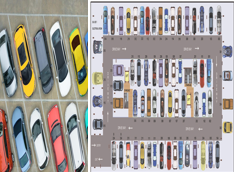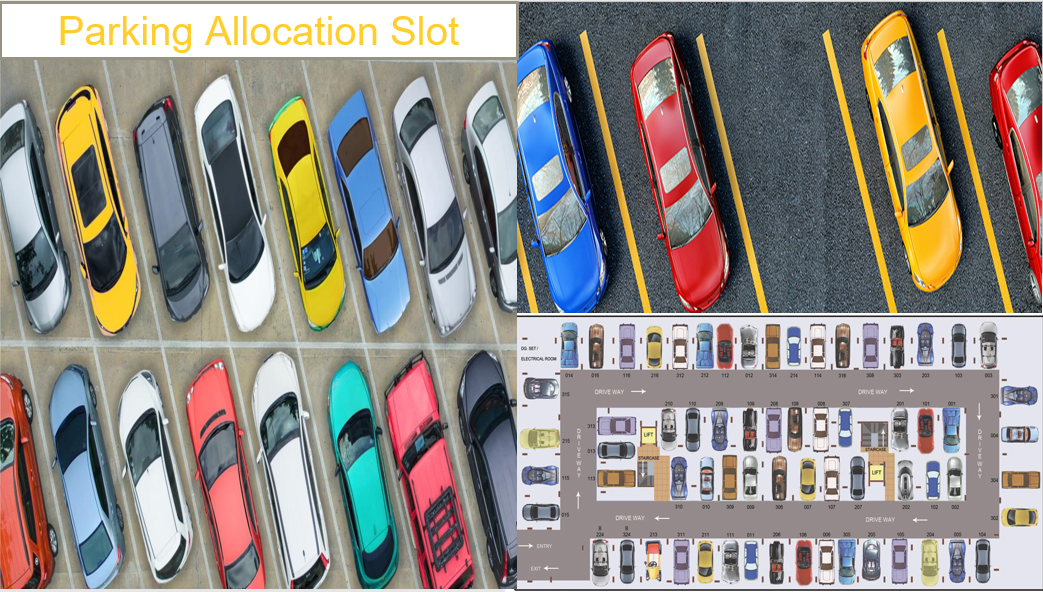Machine Learning Projects – Dynamic ANN based Parking Allocation with Machine Learning Support
Request for Project – [email protected] ; [email protected]
Contact Number – 7667668009 / 7667664842
For complete project lists – final year project for cse
For internship – internship in chennai
ABSTRACT:
Smart urban transportation management can be considered as a multifaceted big data challenge. It strongly relies on the information collected into multiple, widespread, and heterogeneous data sources as well as on the ability to extract actionable insights from them. The selection of suitable car parks could be influenced by driving and waiting time, parking prices, availability, and accessibility while the supply of unused parking slots might depend on parking location, events within the area, traffic flow, and weather. This project is focused on presenting the research results regarding a solution to predict the number of available parking slots.
Existing system :
- In the existing system, Allocation of cars is happened in the manual way.
- Human errors are unavoidable and the cars will be allocated unevenly too.
- Integrated centralized management by human manually is impossible.
Proposed system :
- In the Proposed system, An automated machine learning Neural model will allocate the cars.
- A degenerate technique of finding the free space and allocating based on the time slots and location is done in this project.
- Automation involves,
Accuracy
Fast and efficient
No manual intervention and preference given
HARDWARE REQUIREMENTS
- System : Intel inside i3
- System Type : 64-bit Operating System
- Storage :500GB
- RAM :4 GB
SOFTWARE REQUIREMENTS
- Operating system : Windows 10
- Software : Anaconda , Python
- Python Libraries: Numpy, Matplotlib, Keras, Pandas.
PROPOSED SYSTEM ALGORITHM :
Gradient descent algorithm:
- Gradient descent, also known as steepest descent
- It requires information from the gradient vector and manipulate based on the data received.
- The Output can either set to a fixed value or found by one-dimensional optimization along the training direction at each step.
- An optimal value for the training rate obtained by line minimization at each successive step is generally preferable
In case of learning these technologies, you can opt for
- Internships like machine learning internship , data science internship or python internship
- trainings can be like machine learning training in chennai , data science training in chennai or python training in chennai
- Inplant training can be machine learning inplant training , python inplant training or data science inplant training
Sample Code for – Machine Learning Projects
#import libraries
import math
import pandas_datareader as web
import numpy as np
import pandas as pd
from sklearn.preprocessing import MinMaxScaler
from keras.models import Sequential
from keras import Dropout
import matplotlib as plt
plt.style.use(‘fivethirtyeight’)
# projects on machine learning
#Create the training dataset
#Create the scaled training dataset
train_data = final_dataset[0:training_data_len , :]
valid_data = final_dataset[training_data_len:,:]
#Split the data into x_train and y_train datasets
scaler=MinMaxScaler(feature_range=(0,1))
scaled_data=scaler.fit_transform(final_dataset)
x_train,y_train = [],[]
for i in range(60, len(train_data)):
x_train.append(scaled_data[i-60:i,0])
y_train.append(scaled_data[i, 0])
if i<= 60:
print(x_train)
print(y_train)
print()
Machine Learning Projects Screenshots



